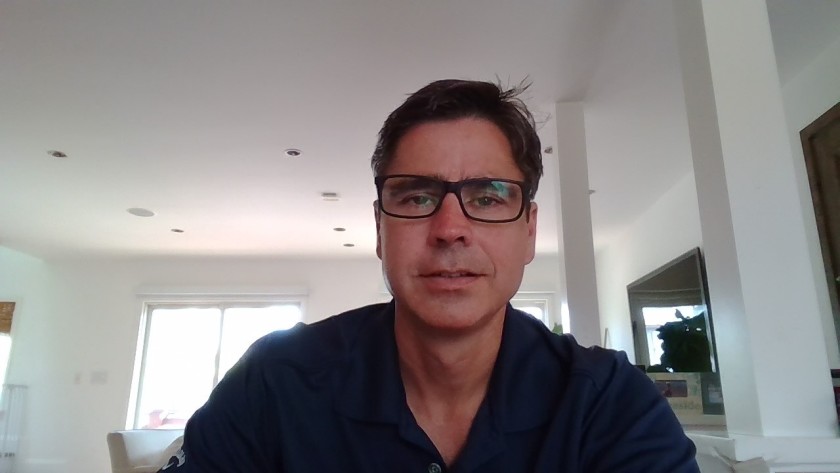How is the recent surge in coronavirus cases nationwide impacting advisors’ plans for their future workspaces?
“It’s going to flip everything on its head,” says XY Planning Network advisor and MYRA Wealth founder Sahil Vakil. “It will be, ‘Work remotely and meet in-person when needed.’ ”
What that looks like is dependent upon firms as well as any restrictions imposed by local governments to stem the rising tide of coronavirus cases, which have hit records in a number of Southern and Western states.

Sahil Vakil
For his part, Vakil suggests the future could be 90% virtual, 10% in person.
The ratio is similar to that of most RIAs interviewed for this story, when it comes to virtualization versus in-person work. But each one is taking a slightly different approach, with some adding space, others cutting it.
Even with 80% to 90% of its advisors working remotely, Creative Planning will still break ground on the third building in its new Overland Park, Kansas, headquarters next month. Edelman Financial Engines cautiously proceeded with re-opening some retail branches and corporate offices last week, with extensive protective measures. And in an exception that proves the rule, one smaller firm already has all of its advisors and staff back in its office. Others are embracing new levels of virtualization.
Up until last month, Vakil leased two collaborative workspaces: one at a WeWork office in Manhattan and the other at a boutique office in New Jersey. His Manhattan-based RIA serves mainly immigrant clients who lack American citizenship.
But this month, with cases on the rise, maintaining a space where he and his contractors (such as CPAs) can sit down with clients lost its appeal. While 80% of his clients have always been virtual, the rest had sought in-person meetings, even through the early days of the pandemic. No more.
“The pandemic has changed behaviors for clients. Now even those 20% don’t have the expectation of meeting with us in person,” says Vakil who has shifted some of his monthly $3,000 in rent he paid for both offices to better outfit his own home office. “The transformation has been great.”
In stark contrast, advisor Ann Alsina made the choice to fully return with her three-person staff to the office four weeks ago even after “seamlessly” working remotely for months. The firm, CovingtonAlsina, is located in a 200-year-old building in downtown Annapolis, Maryland.

Derek Holman
“There’s a reason we have Kleenexes in our conference rooms and in our offices,” she says, of her firm that serves mainly women. “I think that personal connection is really critical. … It’s hard to do that over Zoom.”
She is more capable of creating a safe work environment because she owns the office, Alsina says. She started by retrofitting the firm’s HVAC system with an FDA-approved ultraviolet technology that kills most airborne bacteria and viruses. It cost $1,800.
Joe Nedder, head of human resources at Edelman Financial Engines, says he is interested in researching such a system. However, installing one may be more of a challenge at Edelman, which rents six corporate offices and 168 retail spaces.
No more than 30% of employees are allowed to work at the offices, which reopened July 16, at any given time, Nedder says. Employees not comfortable returning may continue to work from home. The reopenings are occurring only in jurisdictions that permit it. Should it become necessary, the company remains poised to re-virtualize.
“We are cognizant of the fact that the world can change in 48 hours. What looks clear today can be a resurgence tomorrow,” Nedder says.
While some RIAs, like EP Wealth Advisors in Torrance, California, offer weekly in-office COVID-19 testing for employees and their family members, Edelman has opted not to.
Size is a factor. EP Wealth employs about 150 people in 14 offices around the country. Edelman employs about 1,500.
“While it is convenient, it creates a risk when you are inviting people into your site if they may be unwell.,” Nedder says.
Edelman is helping employees access free testing elsewhere.
To prepare to reopen, Edelman flushed all standing water out of its plumbing, deep-cleaned offices, put distancing protocols into place and required masks, Nedder says. When clients need to come into retail spaces, their meetings are scheduled on days when advisors, not support staff, are present.
At Creative Planning, the firm’s founder Peter Mallouk said he chose to increase square footage at the headquarters from 225,000 to 325,000 square feet after the pandemic began.
“We are leasing it to other tenants, but it will be there should we need it in the future,” he says.”
For his part, Derek Holman, a cofounder of EP Wealth, wouldn’t be surprised if the pandemic pushes his firm to reduce its real estate footprint by 25% in coming years. Plus, the firm’s events now probably will be offered virtually given the greater number of people they draw.
“People are staying engaged while being at home,” he says. “There’s quite a bit of time saved in Los Angeles on the commute.”
Another XYPN planner, Joe Bautista, didn’t let the pandemic stop his long-planned adventure to tour Latin America for a year and a half, while serving clients remotely.
“I prefer totally virtual, especially now wth COVID,” says the sole proprietor and founder of Grow With Joe, who is currently living and working out of Medellín, Colombia. “I’m glad I don’t have to pay for an office. I really like this digital nomad life.”
Leave a Reply